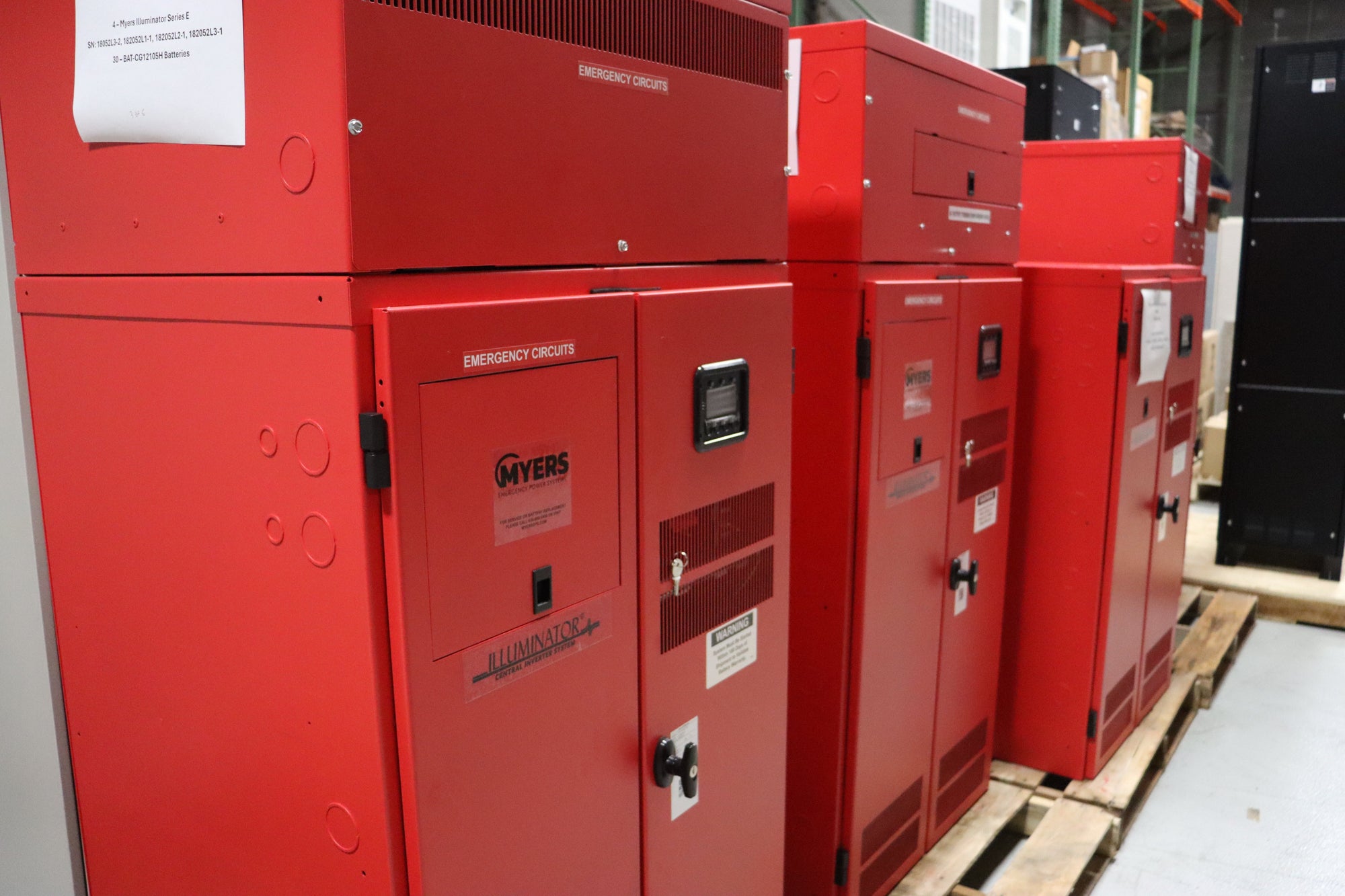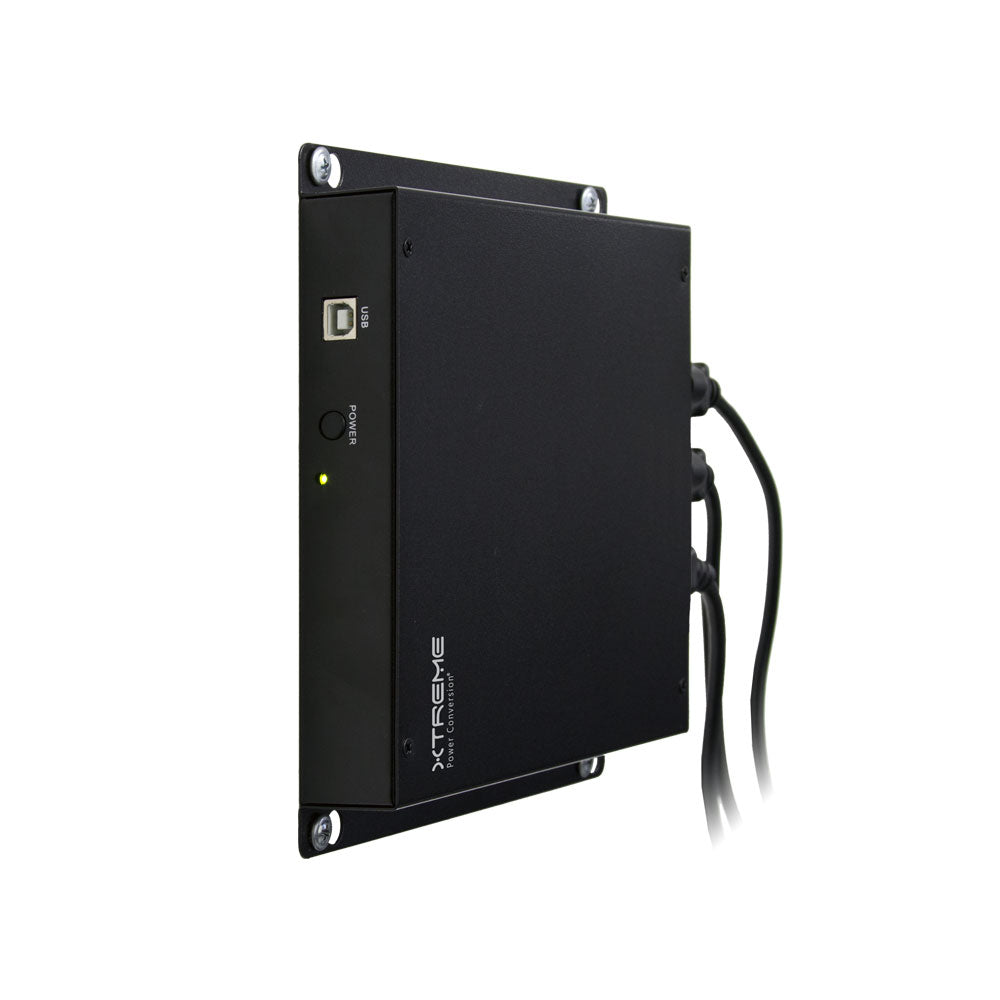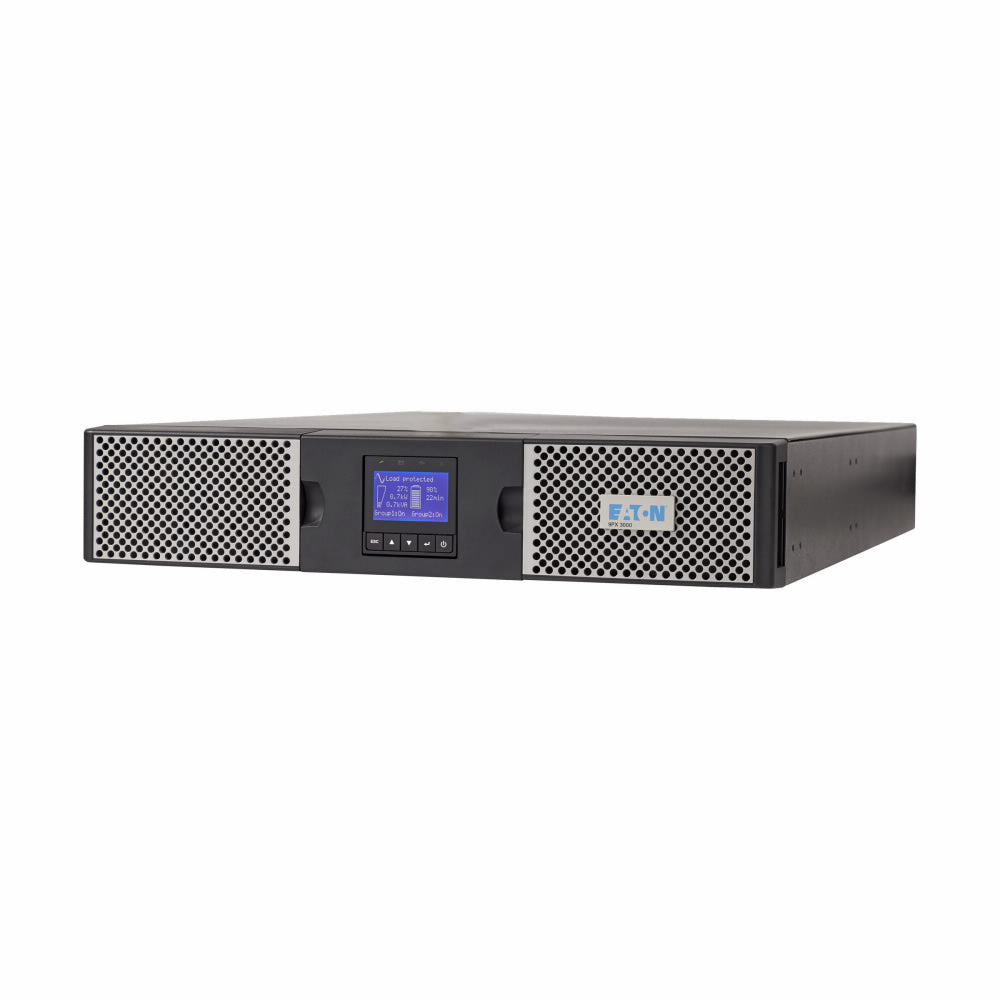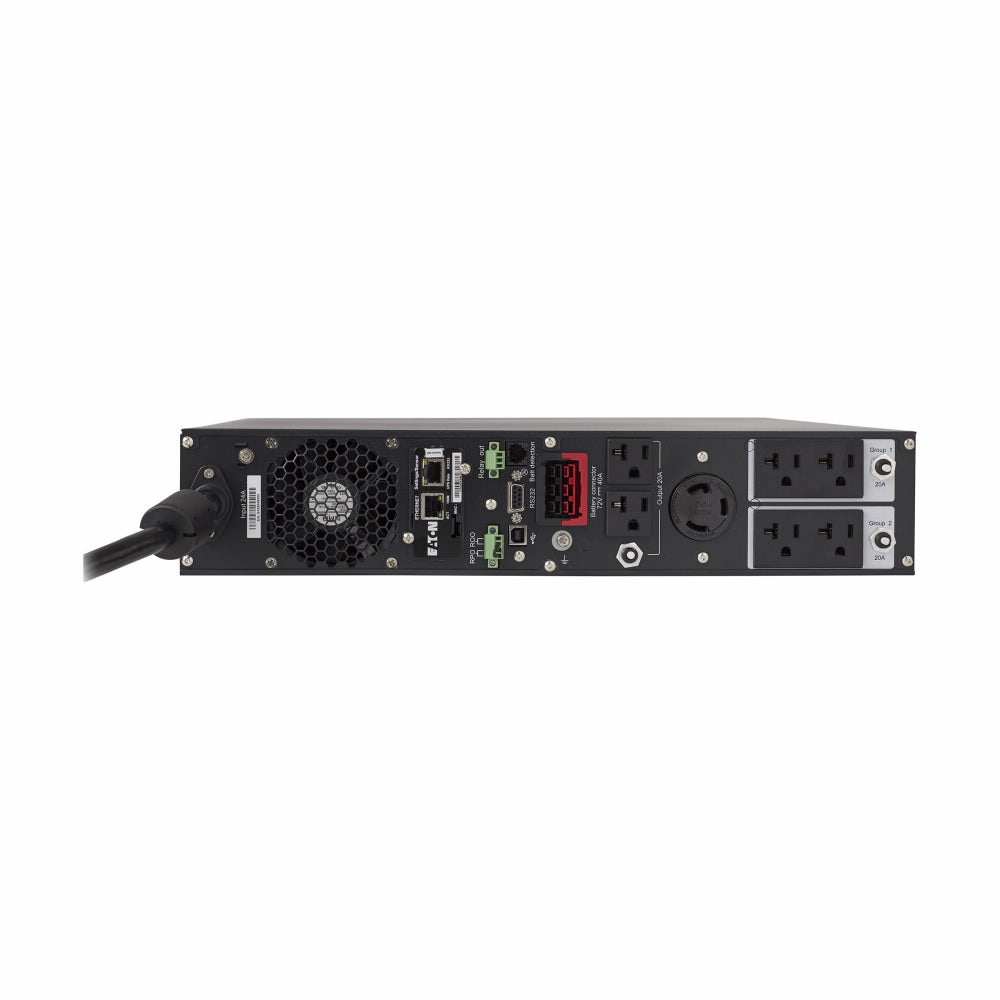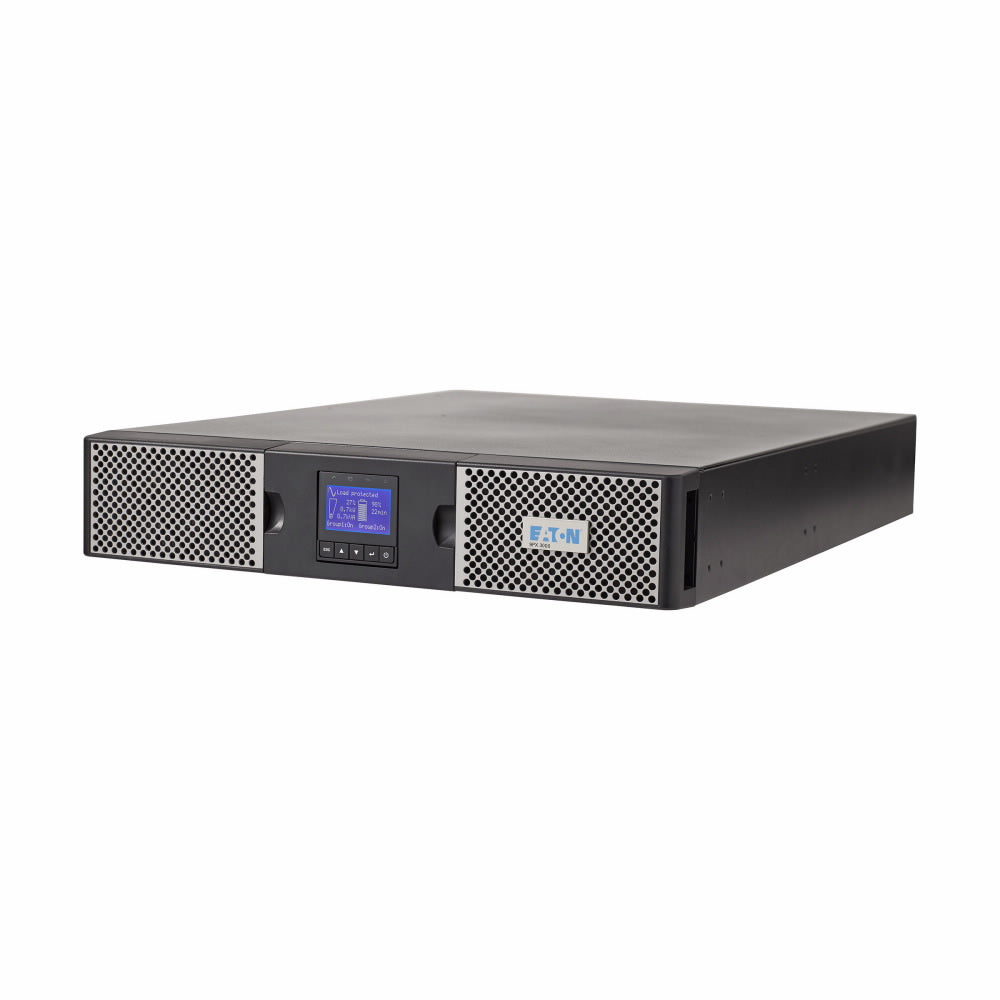As winter approaches, facilities with Uninterruptible Power Supply (UPS) systems face a unique challenge, Cold weather. Cold weather can significantly impact battery performance, leading to shorter run times and potentially compromising critical power protection. For organizations in colder climates, ensuring that UPS systems remain reliable and effective despite temperature fluctuations is essential. Here’s a guide on optimizing UPS battery performance in colder temperatures, helping you keep your power infrastructure resilient throughout the winter.
Cold temperatures can slow the chemical reactions inside batteries, leading to a reduction in capacity. For most UPS systems, batteries are optimal around 77°F (25°C); below this, the batteries may deliver less power and take longer to charge. Prolonged exposure to temperatures below freezing (32°F/0°C) can even damage battery cells, reducing lifespan and increasing the risk of failure.
Key Impact Points:
Reduced Capacity: Lower battery runtime, potentially impacting operational continuity.
Longer Charging Times: Increased downtime or delays in returning to full capacity.
Potential Damage: Extended exposure to extreme cold may cause battery cracking or leakage.
Keeping UPS batteries in a controlled environment is critical during colder months. Ideally, install the UPS system and batteries in rooms where temperatures are stable and within the manufacturer's recommended range. If temperature-controlled rooms are not an option, consider using battery enclosures that insulate against cold.
Best Practices for Storage:
Temperature Monitoring: Install temperature sensors in UPS storage areas to monitor fluctuations and ensure early intervention if temperatures drop.
Battery Enclosures: Use insulated battery cabinets designed for UPS systems in non-temperature-controlled areas.
Regular Maintenance: Conduct regular checks, especially during cold spells, to ensure all batteries remain functional.
Adjust Charging Parameters
When temperatures drop, UPS systems may require adjustments in charging parameters. Batteries in colder environments need a higher charge voltage to reach full capacity. Some UPS systems are equipped with temperature-compensated charging, which automatically adjusts the voltage based on the ambient temperature. This feature helps extend battery life by preventing overcharging and undercharging due to temperature changes.
Temperature-Compensated Charging Tips:
Enable Temperature Compensation: Check if your UPS system has a temperature-compensated charger and make sure it is activated.
Consult with Your Manufacturer: Contact your UPS provider to confirm the recommended charging settings for colder environments.
Regular Calibration: For older UPS systems, recalibrate charging settings annually to account for battery age and any environmental changes.
Battery testing is essential to verify that your UPS system is ready to respond when needed, particularly in winter. Cold temperatures can cause voltage drops and increase the likelihood of underperforming batteries. Perform load testing and check for early signs of battery wear to avoid unexpected failures.
Battery Testing Guidelines:
Monthly Load Testing: A load test verifies that batteries can handle the demand of a full system load.
Conduct Discharge Tests: Scheduled discharge tests can help you gauge if your batteries are retaining their charge as expected.
Review Battery Logs: Check for any abnormal patterns in recent tests that may indicate problems before they escalate.
Older batteries are more susceptible to performance loss in colder temperatures. If any batteries in your UPS system are nearing the end of their expected lifespan, consider replacing them before the cold weather sets in. Proactively replacing batteries that are already showing signs of decline can prevent winter-related issues and ensure reliable performance.
Replacement Strategy:
Follow Manufacturer’s Recommendations: Most UPS batteries have a lifespan of 3-5 years; plan for replacements within that timeframe.
Monitor for Declining Health: Use battery management systems (BMS) to assess battery health and identify candidates for replacement.
Stock Spare Batteries: Having spare batteries on hand can make it easier to swap out damaged batteries without disrupting power protection.
For outdoor or partially exposed setups, adding insulation to battery enclosures can help protect against cold temperatures. Specialized battery cabinets for outdoor use come with built-in heating elements to keep the internal environment stable. If your UPS system is installed in an area that experiences extreme cold, this added insulation can help optimize performance.
Insulation Tips:
Use Weather-Resistant Cabinets: Enclosures rated for extreme environments provide better insulation and protection.
Install Heating Mats or Pads: Place heating pads inside enclosures, ensuring they are compatible with your UPS system to prevent overheating.
Check for Proper Ventilation: Proper airflow helps prevent condensation and ensures batteries do not overheat due to internal heaters.
Remote monitoring of UPS systems can be highly beneficial during colder months. Many modern UPS systems allow for remote status checks, battery health assessments, and temperature monitoring. With real-time updates, your team can respond quickly to any temperature-induced issues and ensure the UPS system remains operational.
Remote Monitoring Features:
Battery Status Notifications: Receive alerts for voltage drops, low capacity, or charging issues.
Temperature Alerts: Set alerts for significant temperature deviations that could harm battery health.
Performance Logs: Use collected data to spot trends and make informed decisions about system improvements.
Conclusion: Proactive Winter Readiness for UPS Battery Performance
Cold temperatures can strain UPS battery performance, but with the right proactive measures, you can maintain optimal operation and minimize risks. From adjusting charging parameters to ensuring optimal storage conditions and monitoring for wear, taking these steps can help your UPS system perform effectively despite winter challenges. Prioritize regular battery testing and replacement where necessary, and consider remote monitoring for real-time insights, helping you keep your facility's power protection at peak readiness even in the coldest months.
For more information on how our UPS battery backup systems can support your business, contact us today and let us know how we can help!



